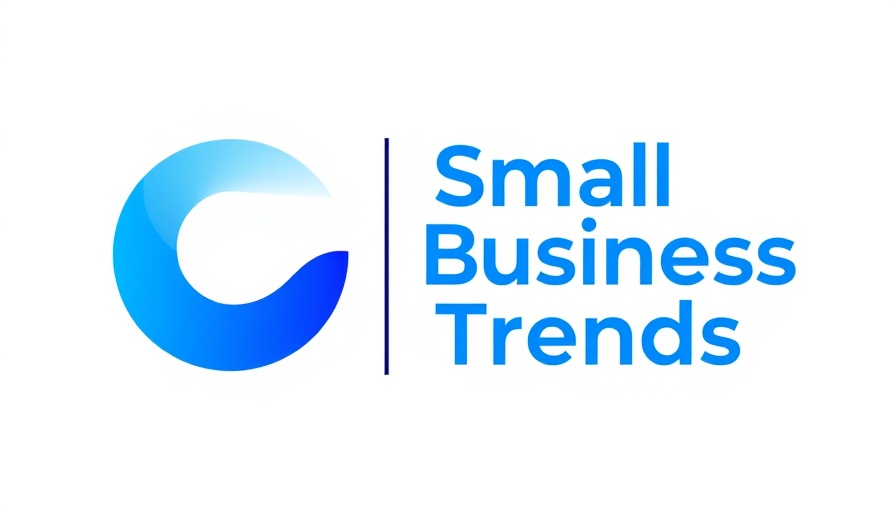
The Uncertain Terrain for Small Businesses in 2025
As the small business landscape evolves in 2025, owners and potential buyers now find themselves navigating through tumultuous waters marked by economic uncertainty. According to the latest insights from BizBuySell, a 4% drop in business-for-sale transactions indicates a shift in buyer sentiment due to new tariffs and strict Small Business Administration (SBA) loan regulations. This downturn is not just a statistical anomaly; it reflects deeper challenges, as businesses reassess their financial viability amidst rising costs and withholding regulations.
The Impact of Tariffs on Business Sales
The introduction of new tariffs has altered the decision-making fabric for many business owners who heavily rely on imported goods. A report reveals that almost half of business operators are facing heightened input costs directly attributed to these tariffs—costs that are invariably passed down to consumers. While some customers grasp the reasoning behind price increases, others feel the pinch as their spending power diminishes in response to rising prices.
Shifts in Financing: Understanding the New SBA Rules
Recent regulatory changes have placed significant roadblocks ahead for business transactions. Effective June 1, the SBA’s new guidelines cap seller notes to just 50% of a buyer’s equity injection for a project and mandate that repayment waits until the SBA loan is fully paid off—a process that can take a decade. The implications are wide-reaching, as Mark Kincannon of Resolution Equity Partners notes the added complexity in securing financing. A seller who retains equity must now also personally guarantee the entire SBA loan for a mandatory two years, creating a new layer of risk.
Adjusting Expectations: Buyers vs. Sellers
The disconnect between what buyers and sellers expect is paramount in this current market. A staggering 62% of buyers anticipate seller financing, yet only 23% of sellers are willing to offer it. This mismatch is a significant hurdle in closing transactions, resulting in a 12-day increase in the time businesses remain on the market. As both parties grapple with the changing rules, brokers indicate that new SBA regulations are prolonging decision-making processes significantly.
Recommendations for Navigating the Current Market
It's critical for both sellers and buyers to adapt and strategize effectively. Experts encourage sellers to frame seller notes as supplementing the buyer's equity contribution rather than being incorporated into it. This shift showcases seller confidence and can assure buyers of the transaction’s legitimacy. Additionally, obtaining a prequalification and demonstrating financial readiness can greatly enhance a buyer's position in the competitive marketplace of 2025.
Conclusion: The Future of Small Business Deal-Making
Despite the hurdles posed by tariffs and SBA rule changes, there remains a notable demand for strong, well-structured businesses. As changes unfold, adaptability will be key to maintaining successful operations. Business owners must embrace innovative solutions to keep pace with the shifting landscape in order to effectively strategize and maximize sales opportunities.
 Add Row
Add Row  Add
Add 



Write A Comment